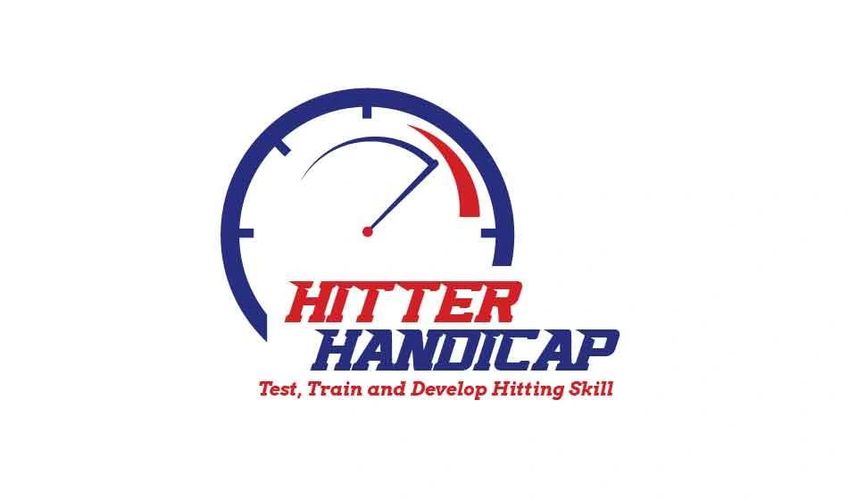Stop The Hitting Struggles Today!
HHIQ
"The Hitter Handicap IQ is transformative—it replaces frustration and guesswork with clarity and purpose. It’s more than feedback; it’s a daily training system that builds mastery through objectivity, pattern recognition, and repeatable performance. HHIQ guides hitters to refine their approach and evolve their skillset every swing."

How Does Hitter Handicap IQ Make You A Better Hitter?
Measures Focus
Defines Your Effort Zone
Identifies Your Pattern
Every swing has a purpose and deliberate practice using the HHIQ platform supports a hitting foundation that you can count on as you chase consistentcy and value your approach more than effort.
Identifies Your Pattern
Defines Your Effort Zone
Identifies Your Pattern
Shows if you are swinging too big or too little by measuring variance in your exit velocity.
Defines Your Effort Zone
Defines Your Effort Zone
Defines Your Effort Zone
Helps you lock in the optimal effort level to maximize your bat control and consistency.
Reveals Inefficiencies
Reveals Inefficiencies
Defines Your Effort Zone
Tracks "hiccups ( 10+ MPH Drop from Top Exit Velocity of the Round), to expose mechanical and or mental laspes.
Creates Accountability
Reveals Inefficiencies
Creates Accountability
You can't fake the data. It reflects your preparation, intent and repeatability. Each retake of the HHIQ provides the feedback on how effective your training is..
Builds Confidence
Reveals Inefficiencies
Creates Accountability
Knowing your numbers and progress removes guesswork and builds trust in your process.

Hitter Handicap IQ Coaches Certification Course
Become a Hitter Handicap Practioner!
Coach — you already know the game. This isn’t about replacing your instincts. It’s about giving you a tool that makes your job easier, and gets your players to finally buy in.
Let’s face it — coaches have egos. And rightfully so. You’ve put in the time. You’ve seen the game. You’ve got a feel.
But players? They’re stubborn. Parents? They want results. And your job gets harder when your team doesn’t trust the process.
The Hitter Handicap solves this by giving your players a language they can understand — numbers. Structure. Progression. Ownership.
You’re not guessing, Coach. You know what you see. HH just proves it, tracks it, and helps your players believe in it.
If there’s something better than the Hitter Handicap, what is it? Until then — adapt, learn it, and go all in.
Get Started Today
What It Teaches the Athlete:
- “How hard should I swing to be most effective?”
- “What’s my optimal effort level — not my max?”
- “How do I control my rhythm and sequence?”
- “What type of hitter am I becoming?”
Le'ts turn Cage Reps into Game Results!
Hitter Handicap Tutorial
How To Execute A Hitter Handicap
Hitter Handicap IQ Guarantee...

Want To Begin To Execute This Strategy Today?
Contact Me For More Info: KellyAhrens@TestandTrainSports.com
Look forward to getting your feedback and assisting your hitter in becoming a more accomplished hitter with a more improved approach.

